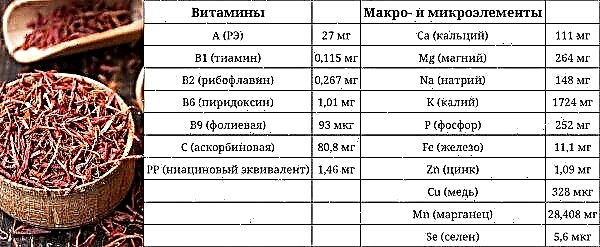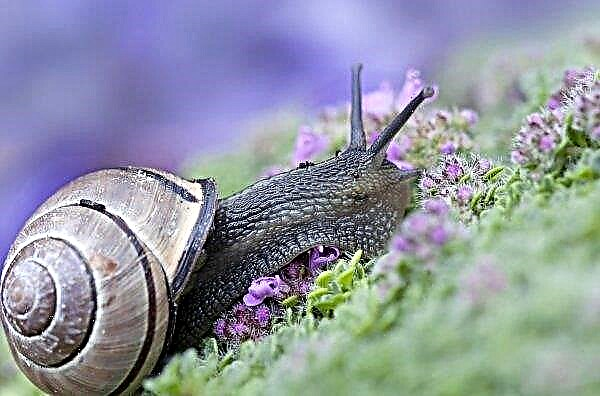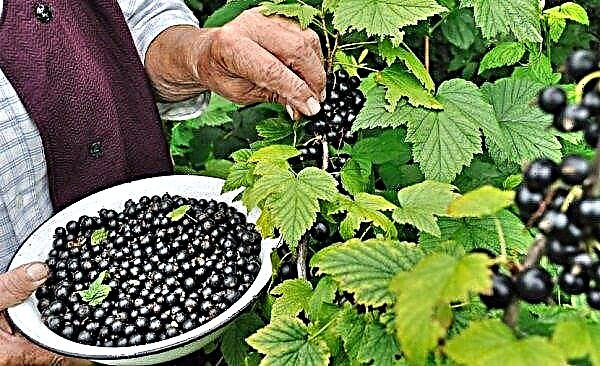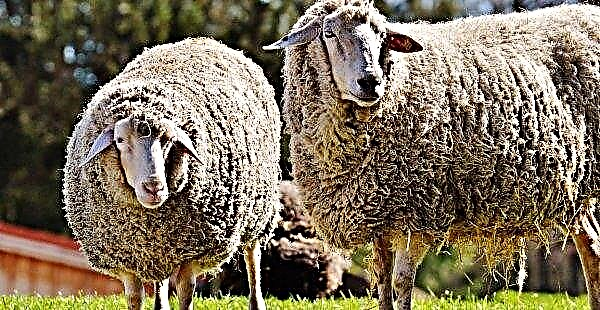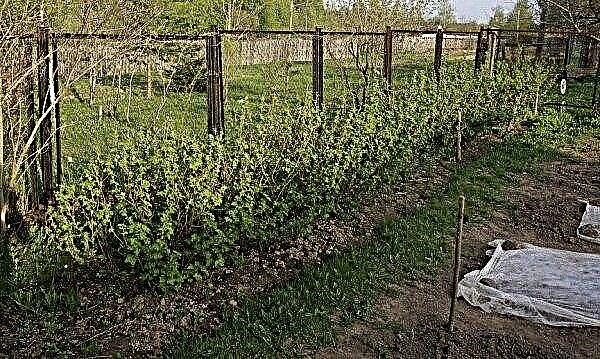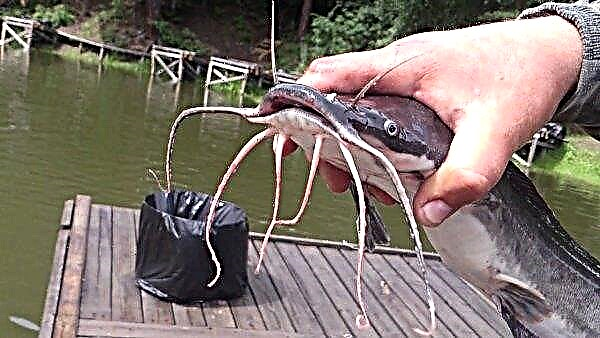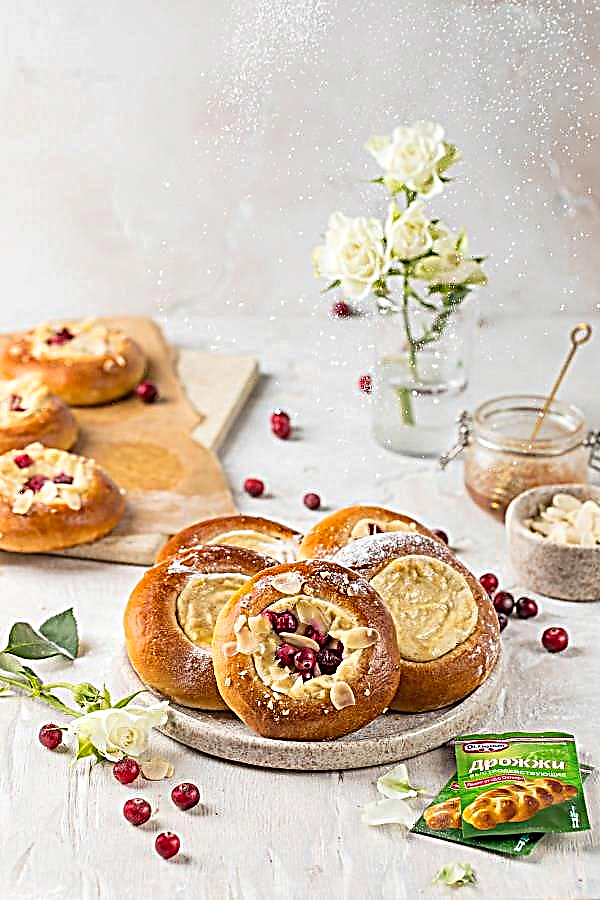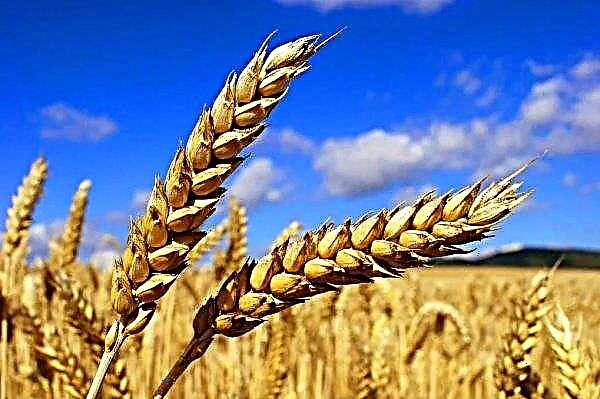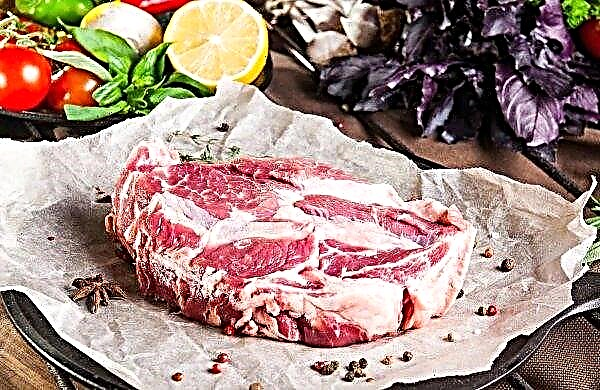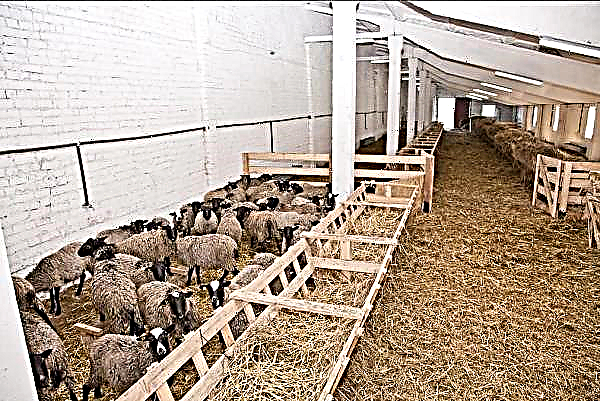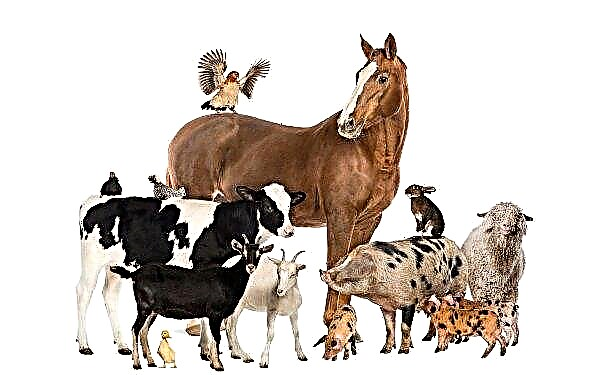Junipers perfectly disinfect the air, and some of them can be used for treatment. On the Crimean peninsula, several species of this genus of evergreens grow under natural conditions. They make visiting this resort even more healing. This article will introduce you to the species of junipers growing in the Crimea.
Where it grows in nature
Junipers grow in the northern hemisphere, but the range of some species is very limited. Many of them can only tolerate the climate of the subtropics. A subtropical belt passes through the southern part of the Crimean peninsula, and different types of junipers can be met in this part. 
These evergreen conifers prefer lighted areas and are drought tolerant. Often undersized species grow on the southern mountain slopes. Some species can be found in the forest-steppe.
Varieties of Crimean Juniper
There are five main types of Crimean juniper. Each of them is discussed below. These plants are the pride of the peninsula. Unfortunately, due to poaching and the use of souvenirs for making, their number is decreasing every year. Juniper species belong to slow-growing plants and are restored for a long period.
Did you know? For 24 hours, 1 ha of juniper grove emits 30 kg of phytoncides. Such a volume is enough to clear bacteria from the air of a large city.
Red
Juniper red (prickly) is a shrub or small tree 4–7 m high with needle-shaped needles. It grows up to 1 m in width. This species is called red because of the pink shade of the tree branches and the trunk of this tree, as well as brown red conesthat ripen in early September. Such fruits can be seen not on every specimen, because this plant culture is dioecious.

Such small berries (6-7 mm in size) are used for medicinal purposes, but it is difficult to pick them because of the prickly needle needles. At first, the crown has a conical shape, which at an older age becomes like an umbrella. In Crimea, grows on mountain slopes up to 750 m above sea level. This species grows slowly. In planting it looks aesthetically pleasing and can be used in landscape design of dry southern regions. Fruits contain up to 1.5% of essential oil, which is used in the manufacture of cosmetics and for treatment.
Tall
The most interesting looking juniper is tall. It can grow up to 10-15 m in a tree and lives up to 600 years. The plant has a scattered dense crown of a pyramidal shape. Soft needles consist of layered scales and are painted in gray-green color. This monoecious plant crop has small oval cones that become visible on the tops of shoots in early spring.
As they mature, they become yellowish in color. When the microstrobes are opened, a yellow-gold shroud forms around the juniper. In autumn, the fruits reach a diameter of 10 mm and acquire a black-violet color with a white coating. This variety is characterized by increased release of volatile. Such substances have antimicrobial and antifungal effects, as well as clean the air well.
Juniper high under natural conditions is found on the shores of the Mediterranean and Black Seas, mostly on the southern slopes of the mountains at an altitude of 450 m. Wood of reddish color is used for the manufacture of various crafts - boards, stands, frames, etc. It exudes a pleasant juniper smell, because it contains essential oil (0.38%). Seeds have a higher content - up to 1.2%. This juniper is great for use in landscaping the south.Important! Many plants of this genus, including prickly juniper, are affected by a fungal disease, pear rust. Therefore, junipers should be planted away from garden trees.
Smelly
Smelly juniper is extremely rare. According to external data, it resembles high juniper. The bush has a soft scaly coniferous cover of a dark green color, as well as dark blue cone berries. It grows higher - 750–950 m above sea level on the northern slopes of the Crimean mountain ranges (Main Ridge), in the vicinity of beeches.
In the Crimean reserve, you can find 10-meter trees that have reached the age of 200-400 years. They have a pyramid-shaped crown. If you rub the needles in your hand, you can hear an unpleasant smell. The variety is included in the Red Book with the status of "rare". Wood is valued as a building material. Can be used as a decoration for a personal plot.
Cossack
In the mountains you can meet the creeping shrub Cossack. It is quite common in nature. It can be found in America, the Urals, Altai, Asia, Siberia, Mongolia, and Kazakhstan. There are also 28 decorative varieties of juniper Cossack, which are used in landscape design. The bush reaches 1–1.5 m. It grows rapidly and begins to take up a lot of space, forming dense thickets. It is extremely rare, but can be found in the form of small trees, up to 4 m tall.
Its exfoliating bark has a brownish-red color. In young specimens, the coniferous cover is needle-shaped and erect. As the needles grow, it becomes scaly and softer to the touch. Although some decorative varieties do not change the needle-shaped coniferous cover. If you rub the needles with your fingers, you can hear a fairly sharp smell.
Important! For medicinal purposes, funds from this type of juniper are used only externally, that is, it contains the toxic substance sabinol.
Cones reach 5–7 mm. Initially, they are painted green, but as they mature, they acquire a dark, almost black color with a bluish tint. This species tolerates frost and drought well, can be grown not only in the south.
Ordinary
Common juniper is often found near Cossack bushes. It has an oval or conical crown. The species also grows in southern Europe, in the northern regions of Africa, Asia, and western Siberia. It grows well in the forest-steppe zone and on the slopes of the mountains. This is a coniferous bush, which grows mainly up to 3 m, but can grow and tall tree (8-12 m). The needle-shaped coniferous cover is quite dense. Needles are not as prickly as it might seem at first glance. The bark has gray-brown hues.
The species tolerates frost well and is unpretentious to soils, but prefers dry sandy or podzolic soil. This dioecious (or monoecious) plant has cone berries in the cross section of 5–9 mm, which at first have a green color, and darken to almost black with a bluish tint as they mature.
Did you know? The fruits of juniper are used as a spice in the preparation of dark meat, game, for smoking. They make alcoholic drinks with them: beer, juniper vodka and gin.
Wood is used for small crafts made of wood, canes, red and brown paint. Cones are used in medicine and cooking. The plant can be used as a soil strengthening and ornamental crop.
Breeding methods
Juniper can be propagated and planted in its own area.
This is done in several ways.and:
- Cuttings. This is the most common method. In this case, the tops of the main or side branches are cut from a young and healthy shrub aged 10-15 years. Separate the cuttings in the morning when the sun is not active. Typically, for planting, material is harvested at the end of winter or autumn. Each stalk should have an apical growth point. The top is shortened a little, and the needles are cut off from below. Prepared cuttings are planted in a substrate, which consists of peat and river sand. Planting material is planted with an interval of 5 cm and an interval between rows of 7 cm. Cuttings are placed in the substrate to a depth of 5-6 cm. Then, the planting is watered with a light solution of manganese. Cuttings are planted in open ground not earlier than two months later, when they take root. The process is best done in the spring. A transplant should only be carried out with an earthen lump.

- Layering. With this method, branches 3-4 years old closer to ground level are selected and small incisions are made. After the branch is bent to the soil and instilled in a previously dug hole. Plots where notches were made will give roots. For reliability, the branch can be fixed with a bracket. This process is carried out in the spring. During the summer period, a root system is formed. The following spring, a young seedling is separated from the mother shrub and planted in a selected place.

- Seeds. In nature, mostly junipers breed in this way. In this case, fruiting occurs in 3-5 years. Thanks to this method, strong varieties are obtained. Ripe cones for sowing are harvested in the fall. Sow into the ground 20 g of seeds per 1 m². Planted seed material emerges only in the second or third year.

- Vaccinated. Rare species are propagated by grafting shoots. Using this method, a new varietal variety can be developed for landscape design. The grafted juniper will slowly grow and develop. The process should be carried out at the very beginning of sap flow in the spring. For this purpose, the upper shoots of 1–2 years old are selected, 5 cm long. For rootstock, take a bush with poured buds. With a well-sharpened and clean tool, the top of the branch is cut at an angle, and a similar oblique cut is made on the grafted graft. The cut places are connected, wrapped with tape for fixation and treated with resin or garden var. The remaining branches on the shrub should be pinched so that all the forces went into the development of shoots. After 1.5 months, the buds will open on the shoots. At this moment, you should slightly weaken the electrical tape, and after a year - remove it.

Application and medicinal properties
In medicine, juniper is more commonly used. Its cones are used as a diuretic, antiseptic, expectorant, choleretic. Drugs with them activate digestion, and are also used for diarrhea.
Tincture cones or alcohol needles for alcohol are used for rubbing with rheumatism, radiculitis, gout, cramps and pain of a neurological nature. Broth cones rinse your mouth with gum disease, drink it with a cold. The use of a bath of juniper coniferous branches will help with allergic rashes, dermatitis and neurosis. For allergies, it is also recommended to take a decoction of needles inside.Did you know? North American Indians placed tuberculosis patients in juniper thickets. Active phytoncides of these plants suppressed the development of this disease.

Traditional medicine uses the roots of this species to treat tuberculosis, bronchitis, gastric ulcer and skin diseases. There are a lot of volatile and essential oils in juniper. A walk through the juniper landings will be useful for patients with tuberculosis and other respiratory diseases. Near these thickets it is impossible to catch a cold, because they perfectly clean the air of microbes.
Essential oil is made from pine cones and juniper needlespossessing antiseptic, healing, carminative, tonic, diuretic, antiparasitic, antispasmodic and antirheumatic effects. It is used externally for skin problems, cellulite. It is useful for diseases of the joints, respiratory system, gynecological problems and diseases of the bladder.
The diuretic effect is also possessed by prickly juniper berries. And in the Cossack species they are poisonous, but for the treatment of skin diseases, you can use its needles, but only externally.
Contraindications
External use of juniper preparations is safe if they are not allergic. But when taken orally, you should be careful. They irritate the kidney parenchyma.
- There are contraindications to these funds:
- pregnancy and lactation;
- age up to 12 years;
- nephritis and nephrosonephritis;
- individual intolerance.

When taking drugs with juniper, you should strictly adhere to the dosage and the recommended duration of the courses. If you abuse these drugs, you can get poisoning and kidney problems.
Important! When preparing medicines with this plant, it should be borne in mind that cones and juniper needles are used for internal use. The fruits of juniper Cossack can have a toxic effect.
Crimean junipers have a decorative appearance and perfectly disinfect the air. Some of them can be used for medical purposes. They slowly grow and regenerate, but they can be propagated and planted as an ornamental plant in their own area. Usually, the method of cuttings is used for this.





